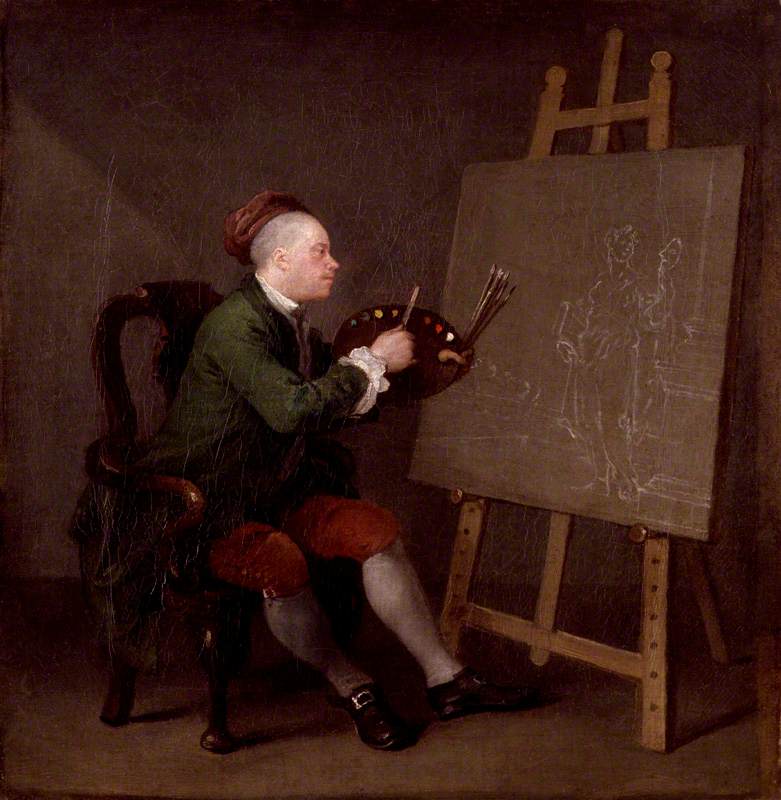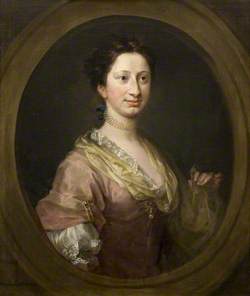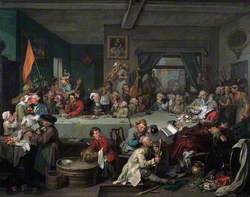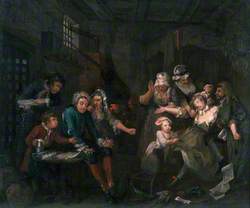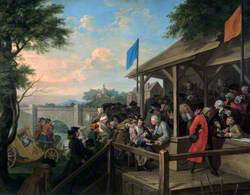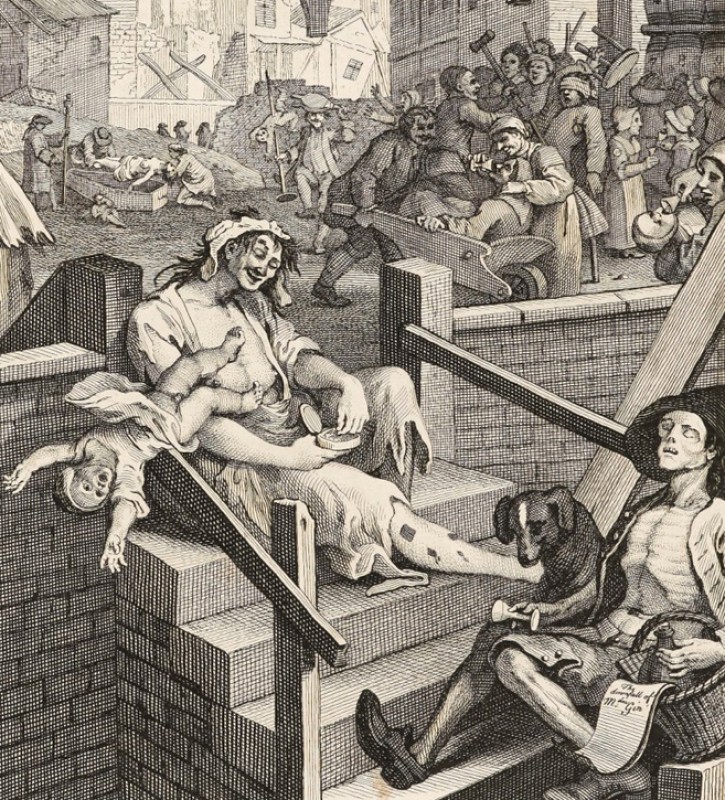How you can use this image
This image can be used for non-commercial research or private study purposes, and other UK exceptions to copyright permitted to users based in the United Kingdom under the Copyright, Designs and Patents Act 1988, as amended and revised. Any other type of use will need to be cleared with the rights holder(s).
Review the copyright credit lines that are located underneath the image, as these indicate who manages the copyright (©) within the artwork, and the photographic rights within the image.
The collection that owns the artwork may have more information on their own website about permitted uses and image licensing options.
Review our guidance pages which explain how you can reuse images, how to credit an image and how to find images in the public domain or with a Creative Commons licence available.
Notes
Add or edit a note on this artwork that only you can see. You can find notes again by going to the ‘Notes’ section of your account.
Hogarth was originally apprenticed to a silversmith. Around 1720, he began engraving and book illustration and then painting in 1727. At first he made small heads and groups, but soon produced life-size portraits and 'comic histories' such as The Rake's Progress and Marriage à-la-mode. An abrasive social commentator, he was appointed Sergeant Painter to George II in 1757. At a time when foreign artists flocked to London, Hogarth was increasingly concerned with the status of native artists and advocated for the Englishness of English art. He wrote The Analysis of Beauty in 1753, a treatise on art and beauty. His engravings were more highly esteemed at the time than his paintings. This modest self-portrait shows Hogarth painting Thalia, the Muse of Comedy.
Title
William Hogarth
Date
c.1757
Medium
oil on canvas
Measurements
H 45.1 x W 42.5 cm
Accession number
289
Acquisition method
Purchased, 1869
Work type
Painting
